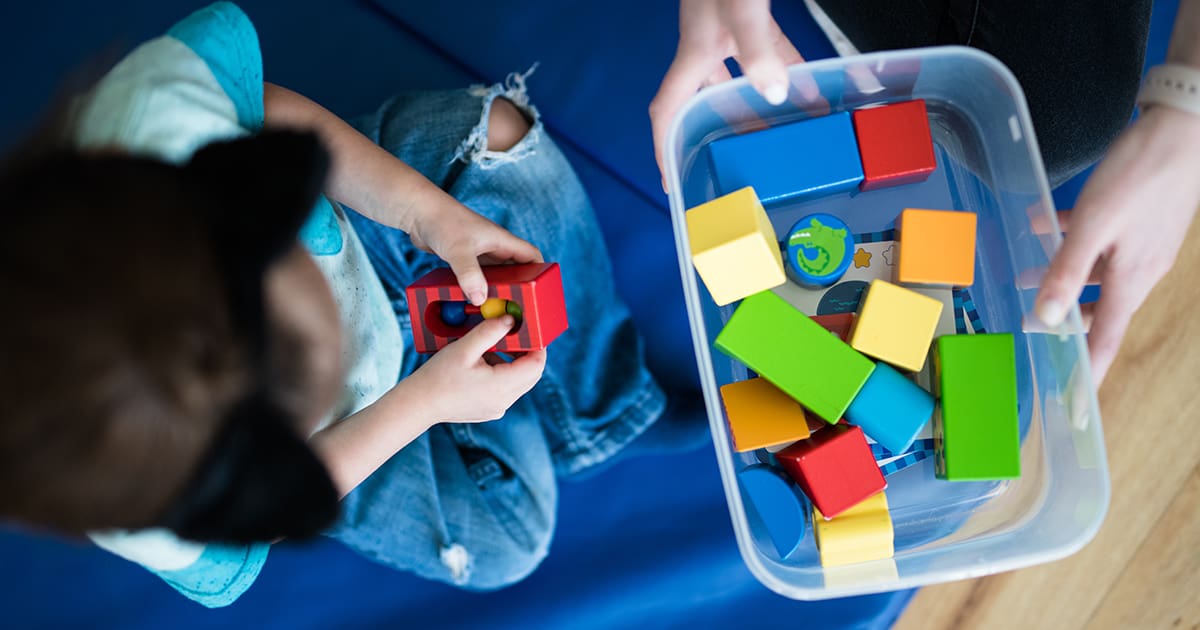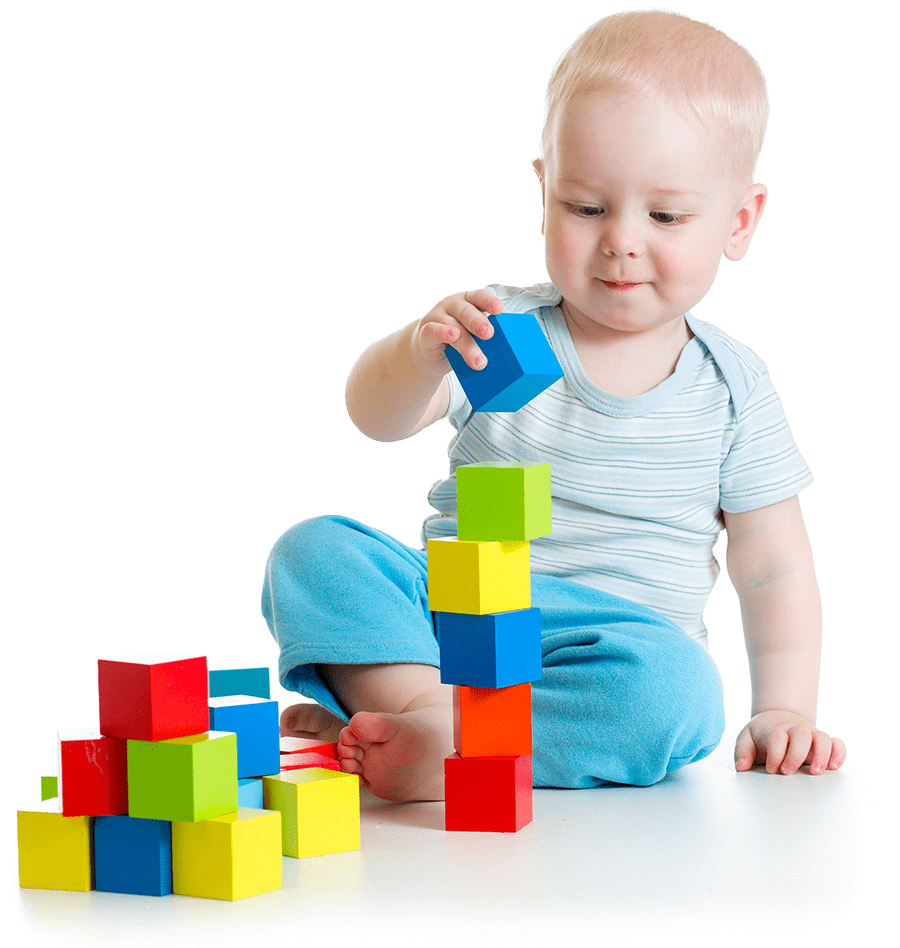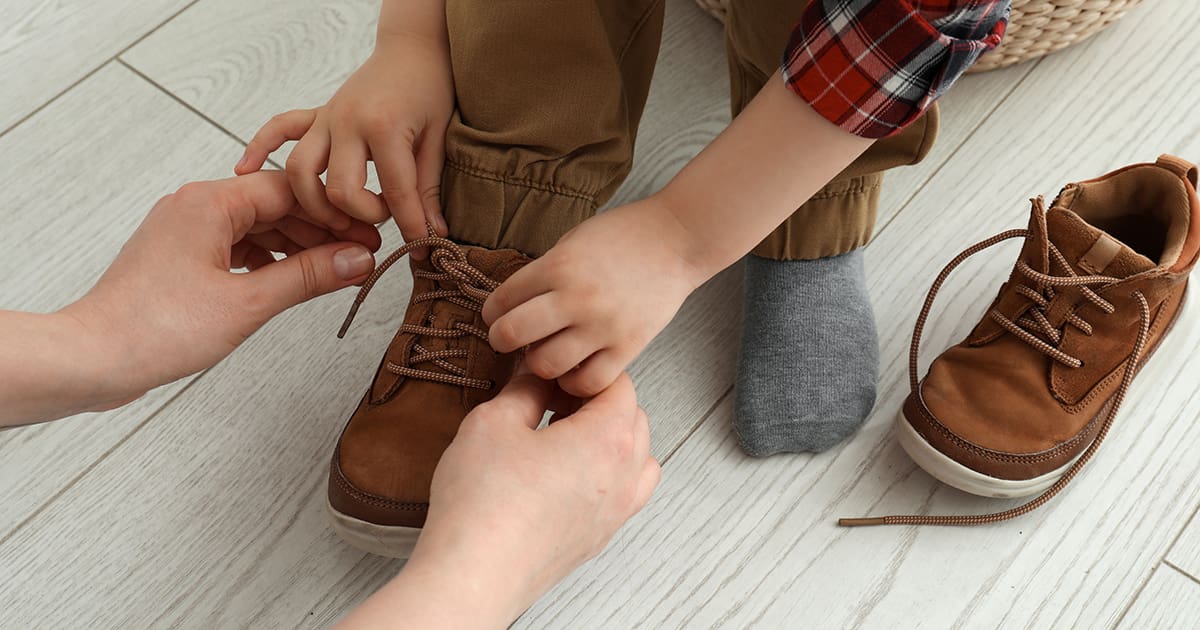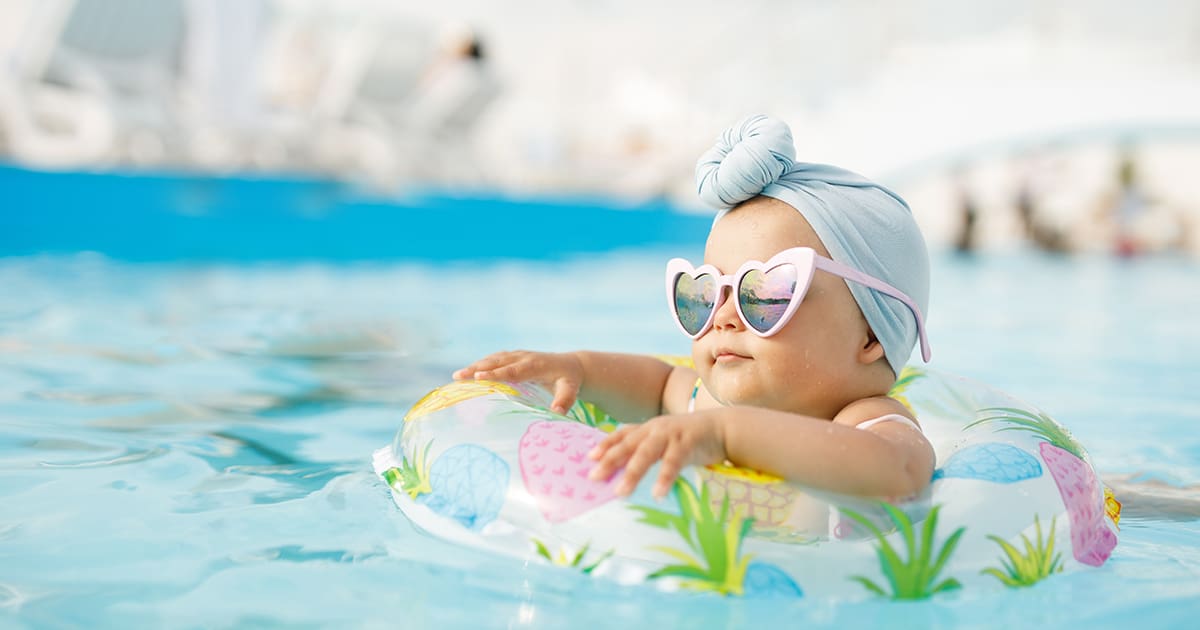Share this Post

Transitions are an essential part of daily life—whether it’s moving from one activity to another, starting a new school, or experiencing a major life change. For children with autism, however, transitions can often feel overwhelming. Changes in routine or environment may bring anxiety, confusion, or frustration, making even small transitions a significant challenge.
At CST Academy, we understand how difficult transitions can be for children with autism and their families. That’s why we’ve developed thoughtful, individualized strategies to help children navigate these changes with confidence, resilience, and support.
Why Transitions Can Be Difficult for Children with Autism
For many children with autism, predictability and routine provide a sense of safety and control. Transitions, whether big or small, disrupt that predictability and introduce uncertainty. This can lead to heightened stress, sensory overload, or resistance to change.
Here are some reasons why transitions may feel challenging:
- Difficulty Understanding Time Concepts: Abstract ideas like “later” or “soon” can be hard to grasp, making transitions feel abrupt or unexpected.
- Sensory Sensitivities: Moving to a new environment or activity may involve unfamiliar sights, sounds, smells, or textures, leading to sensory overwhelm.
- Communication Challenges: Children with autism may struggle to express their emotions, needs, or fears about the transition, leading to frustration or withdrawal.
- Strong Attachment to Routine: A well-established routine can feel like a comfort zone. Any deviation from it may feel unsettling or upsetting.
Types of Transitions and How They Affect Children
Small Daily Transitions
These include transitions like moving from playtime to mealtime, from home to school, or from one activity to another. While they may seem minor, these changes can feel significant to a child with autism.
Big Life Transitions
These transitions include starting a new school, moving to a new home, or welcoming a sibling. Major changes can feel overwhelming and may require more time and preparation to process.
Strategies for Navigating Difficult Transitions
At CST Academy, we use evidence-based strategies to help children with autism navigate transitions successfully. These strategies are designed to minimize stress, build confidence, and create a sense of control during moments of change.
1. Visual Schedules and Cues
Visual supports, such as picture schedules or countdown timers, provide a clear, concrete way for children to understand what’s happening next. These tools reduce uncertainty and help children prepare for transitions.
2. Social Stories
Social stories are personalized narratives that explain transitions in a clear and relatable way. For example, a story about “going to the dentist” might include step-by-step details about what to expect, easing anxiety about the experience.
3. Predictable Routines
Maintaining a consistent routine, even during times of change, provides a sense of stability. For example, if starting a new school, keeping bedtime and morning rituals the same can help the child feel more grounded.
4. Gradual Exposure
For big transitions, gradual exposure can make the change feel less daunting. For instance, visiting a new school several times before the first day allows the child to become familiar with the environment and staff.
5. Positive Reinforcement
Celebrating successes, even small ones, helps build confidence and motivation during transitions. At CST Academy, we focus on encouraging progress with positive reinforcement, making each step feel like an achievement.
6. Sensory Tools
For children with sensory sensitivities, tools like noise-canceling headphones, fidget toys, or weighted blankets can provide comfort and help regulate emotions during transitions.
7. Clear Communication
Using clear, simple language and providing consistent explanations help children understand what’s happening. Visual aids, gestures, or assistive technology can further support communication.
How CST Academy Supports Children Through Transitions
At CST Academy, we believe every child deserves personalized care and support, especially during challenging moments like transitions. Our team of experienced therapists and educators works closely with families to create tailored plans that address each child’s unique needs and preferences.
1. Individualized Transition Plans
Every child’s journey is different, and their transition plans should reflect that. At CST Academy, we develop step-by-step strategies that align with each child’s developmental goals, sensory needs, and communication style.
2. Collaboration with Families
We understand that parents and caregivers are a child’s greatest advocates. Our team works hand-in-hand with families, offering guidance, tools, and resources to ensure successful transitions at home, school, and beyond.
3. Building Confidence Through Practice
CST Academy’s programs include opportunities for children to practice transitions in a supportive, low-pressure environment. Whether it’s moving between activities or preparing for a new routine, we help children build confidence at their own pace.
4. Creating a Calm, Safe Environment
Transitions are easier when children feel calm and secure. At CST Academy, we’ve designed our spaces to be sensory-friendly and nurturing, providing children with a safe haven where they can explore, learn, and grow.
Tips for Parents: Supporting Transitions at Home
Here are some practical ways parents can support their child through transitions:
- Prepare Ahead of Time: Give your child advance notice of upcoming changes and explain them in simple, clear terms.
- Use Visuals: Create a picture schedule or use a visual timer to help your child anticipate what’s next.
- Offer Choices: Providing choices, such as “Would you like to pack your bag first or put on your shoes first?” can give your child a sense of control.
- Practice Transitions: Role-playing or practicing transitions in a low-stress environment can help your child feel more prepared.
- Be Patient: Transitions take time, and every child progresses at their own pace. Celebrate small steps and provide plenty of encouragement.
Why Families Trust CST Academy
Families choose CST Academy because of our compassionate approach to supporting children with autism. We understand that every child is unique, and we’re committed to helping them navigate life’s transitions with confidence and ease.
Through individualized plans, a collaborative team, and evidence-based strategies, CST Academy provides children with the tools they need to thrive—during transitions and beyond. Our dedication to creating a nurturing, child-centered environment ensures that every family feels supported, understood, and empowered.
Final Thoughts
Transitions, while challenging, are also opportunities for growth and learning. With the right strategies and support, children with autism can navigate these moments successfully and build the resilience they need to thrive in a dynamic world.
At CST Academy, we’re here to help your family every step of the way. Whether your child is facing small daily transitions or major life changes, our team is dedicated to providing compassionate, personalized care that sets them up for success.
Because at CST Academy, we believe every child deserves the tools and support they need to embrace life’s changes with confidence and joy.
Discover Our Pediatric Therapy & Autism Care
ABA Therapy
Support for children with autism.
Diagnostic Evaluation
Expert assessments to identify child needs.
Pediatric Therapy Services
Speech, Occupational, Feeding, and Physical Therapy.
Therapeutic Preschool & Kindergarten
A classroom environment designed for early learners with unique needs.

How CST Academy Helps Children with Autism Navigate Transitions
Compassionate Autism Care That Eases Change and Builds Confidence
Helping children with autism navigate transitions is a key part of fostering emotional regulation and daily success. At CST Academy, our structured routines and personalized autism care plans are designed to reduce anxiety and support smooth transitions between activities, environments, and life stages. With a team of experienced therapists and a nurturing approach, we guide children through change with patience, predictability, and encouragement.

Find the Best Care for Your Child




